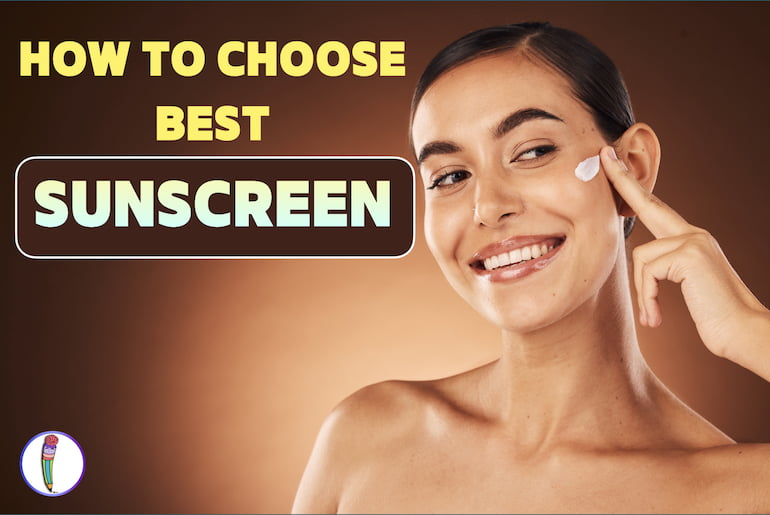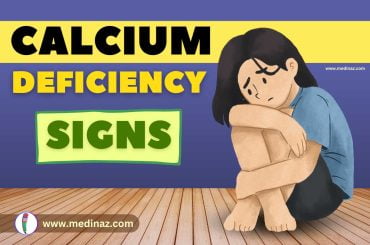In this sunscreen blog we will provide you with all the information you need to know about sun protection and choosing the right Sunscreen for Face and skin.
The sun’s ultraviolet (UV) rays can cause skin damage, including sunburn, aging, and skin cancer. It is important to protect your skin from the sun’s harmful rays, and using sunscreen is one of the most effective ways to do this.
But there are plenty of sunscreen options available in the market. Sometimes it can be difficult to know which one to choose.
In this blog, we will discuss the different types of sunscreen, their ingredients, how to choose the right one for your skin type, and how to use sunscreen properly.
When choosing a sunscreen, it is important to consider the following points:
Table of Contents
Sun Protection Factor (SPF): Sunscreen spf
This indicates the level of protection against UVB rays, which are the primary cause of sunburn. A higher SPF provides more protection.Try to choose a sunscreen that has an SPF of 35-50. (ref)
UVB rays blocking according to SPF:
- SPF 15 – 93% of UVB
- SPF 30 – 97% of UVB
- SPF 50 – 98% of UVB
Protection Grade:
The PA (Protection Grade of UVA) rating system is a method used in some countries, particularly in Asia, to indicate the level of protection a sunscreen provides against UVA rays. UVA rays can cause skin aging and contribute to the development of skin cancer, so it is important to choose a sunscreen that provides adequate protection against them.
The PA rating system uses a scale of + (low protection) to +++ (high protection) to indicate the level of UVA protection offered by a sunscreen. It is recommended to choose a sunscreen with at least PA+, or PA++ for better protection, especially for people with sensitive skin or those who spend a lot of time in the sun.
It is worth noting that the PA rating system is not widely used in all countries, and in the US, the FDA has not yet approved the PA rating system. However, Broad-spectrum sunscreen is recommended as it provides protection against both UVA and UVB rays.
Broad-spectrum protection:
This indicates that the sunscreen provides protection against both UVB and UVA rays. UVA rays can cause skin aging and contribute to the development of skin cancer.
Physical sunscreens:
Physical sunscreens are considered a good choice for sensitive skin types as they are less likely to cause irritation. However, it is known that some physical sunscreens can leave a white cast on the skin. But now there are advanced formulas available that tend to leave minimal white cast.
Chemical sunscreens:
On the other hand, chemical sunscreens have improved spreadability and feel more comfortable on the skin.
However, traditional chemical filters used in some chemical sunscreens are known to have the potential to be carcinogenic and disrupt hormones. But there are advanced chemical filters, such as Tinosorb S, that have been tested and proven to be safe for use on the skin and for the body.
Non-penetrative:
Unlike other skincare products such as moisturizers and serums, it is not desirable for sunscreen to be absorbed deeply into the skin. It is best to choose a sunscreen that is labeled as “non-penetrative.” Physical sunscreens are typically less likely to be absorbed by the skin, and instead sit on top of the skin, reflecting harmful rays. Additionally, applying an aloe gel before using sunscreen can also help to make it less likely to penetrate the skin.
Water resistance:
If you plan to be in or near water, it is important to choose a sunscreen that is water resistant, as it will not wash off as easily.
Skin type:
People with sensitive skin should choose sunscreens that are fragrance-free and hypoallergenic. People with oily skin may prefer a lightweight, oil-free sunscreen.
Sunscreen for Face: Ingredients
Some sunscreens contain ingredients that can cause irritation or allergic reactions, such as oxybenzone or retinyl palmitate. It is important to read the ingredient list and avoid any that you know you are sensitive to.
Quantity: How much sunscreen to use on face
It is important to apply enough sunscreen to cover all exposed skin, usually about 2mg/cm². Applying a small amount of sunscreen is not effective and is equivalent to not applying any sunscreen at all. It is important to apply a generous amount of sunscreen, typically about a quarter teaspoon of sunscreen on the face to ensure adequate protection. This is why sunscreens with light, gel-based formulas are great choice as they are less likely to feel heavy on the skin than thicker formulas.
Sunscreen for Face: Reapplication
Sunscreen should be reapplied every 2 hours, or immediately after swimming or sweating.
Expiration date:
Sunscreen has a shelf life and it can lose its effectiveness over time, so it is important to check the expiration date and replace it if it has expired.
It’s also worth noting that no sunscreen can completely block all UV rays, so it’s important to also take other protective measures such as wearing protective clothing, seeking shade during peak sun hours, and avoiding tanning beds.
Check other Medinaz Blogs
A Visual Learning Platform





